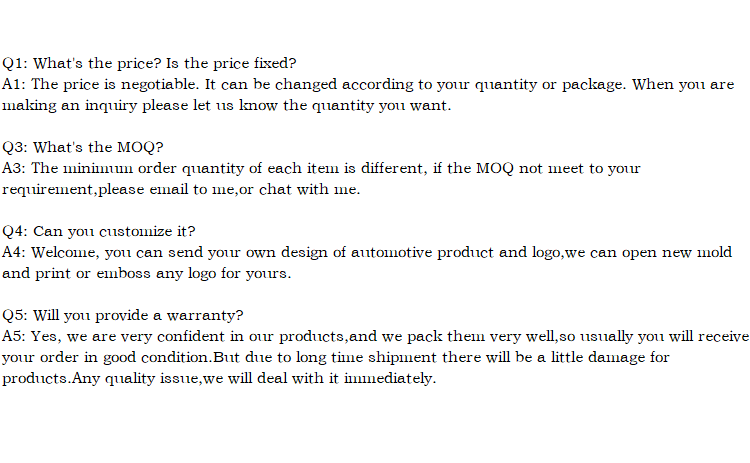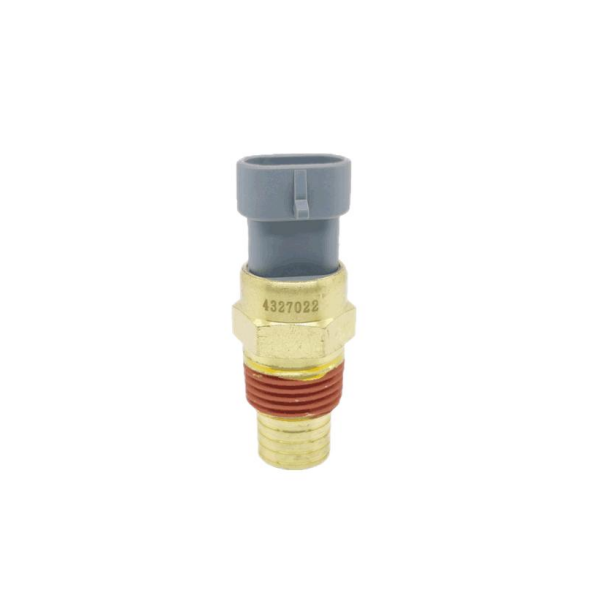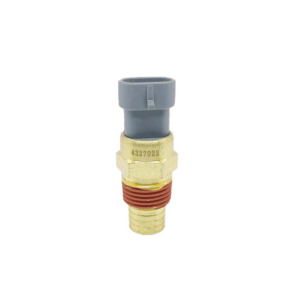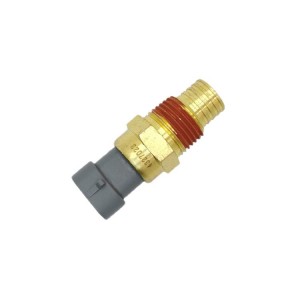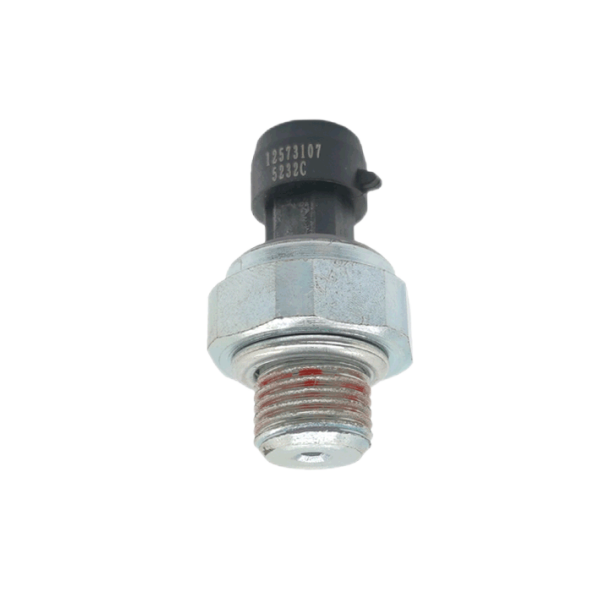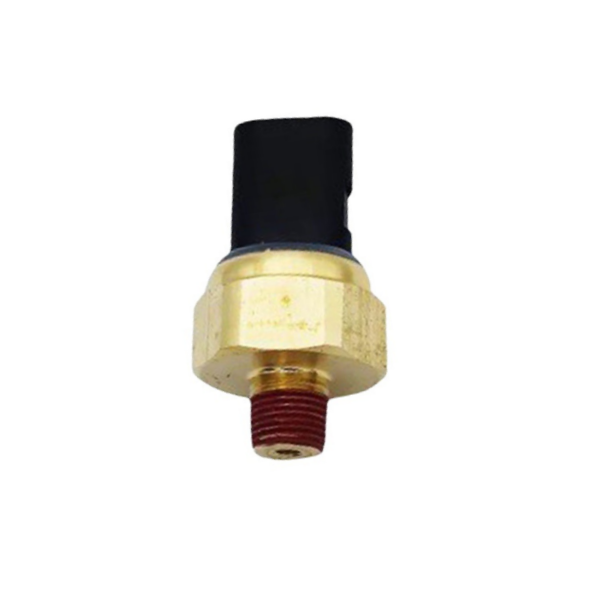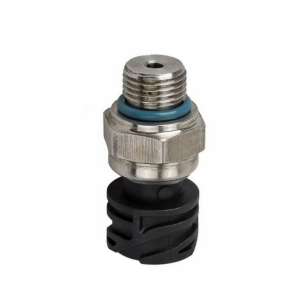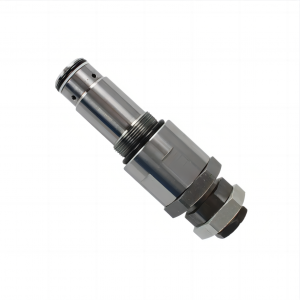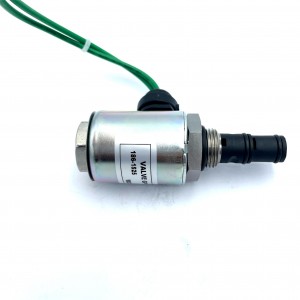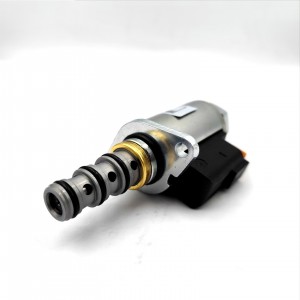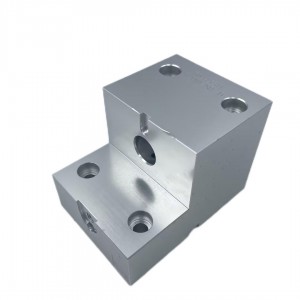Temperature sensor 4327022 for MT9000A pressure switch
Product introduction
There are many types of pressure sensors suitable for various applications. Each pressure sensor has different aspects, which will affect its working mode and the most suitable application of pressure sensor. When choosing a pressure sensor, please keep in mind the following five criteria:
1. Pressure range
When choosing a pressure sensor, the most important decision may be the measuring range. Two conflicting considerations must be kept in mind:
Accuracy of instrument and overvoltage protection. From the point of view of accuracy, the range of the transmitter should be very low (the normal working pressure is around the middle of the range) to minimize the error (usually the percentage of full range). On the other hand, we must always consider the consequences of overpressure damage caused by wrong operation, wrong design (water hammer) or failure to isolate the instrument during pressure test and start-up. Therefore, it is important to specify not only the required range, but also the required amount of overvoltage protection.
2. Process medium
The process fluid to be measured should also guide your decision. Usually called "liquid receiving parts", the selection of these materials should consider their compatibility with the measured fluid. Almost any material can be used for a clean and dry air environment. However, when seawater is used, alloys with high nickel content should be considered. For example, other common materials include 316 stainless steel and 17-4 stainless steel. In addition, if you need sanitary ware, you should also consider it.
3. Temperature range and installation environment
Extreme temperature or vibration will limit the transmitter's ability to work properly. For extreme temperatures, thin film technology is better. Extreme temperature can also lead to sensor output error. The error is usually expressed as a percentage of full scale (%fs/c) exceeding 1 C. A high vibration environment is beneficial to small, non-amplified traders. The selection of sensor housing should meet the requirements of electrical area classification and corrosion of specific installation.
Corrosion protection must be considered; The corrosive liquid splashes or is exposed to the corrosive gas outside the shell. If installed in an area where explosive steam may exist, the sensor or transmitter and its power supply must be suitable for these environments. This is usually achieved by placing them in a clean or explosion-proof enclosure, or by using an intrinsically safe design. If compact size is required, it is best to use an unexpanded sensor.
4. Accuracy
Pressure gauges have many different accuracies. The accuracy range of common pressure sensor is 0.5% to 0.05% of full-scale output. When demanding applications need to read very low pressure, higher accuracy is needed.
5 output
Pressure sensors have several types of outputs. Including digital outputs such as ratio, mV/V output, amplified voltage output, mA output and USBH. More detailed information about each output type can be found here. Generally speaking, it is important to consider the constraints and advantages of each output to determine the output type that is most suitable for your application.
Product picture
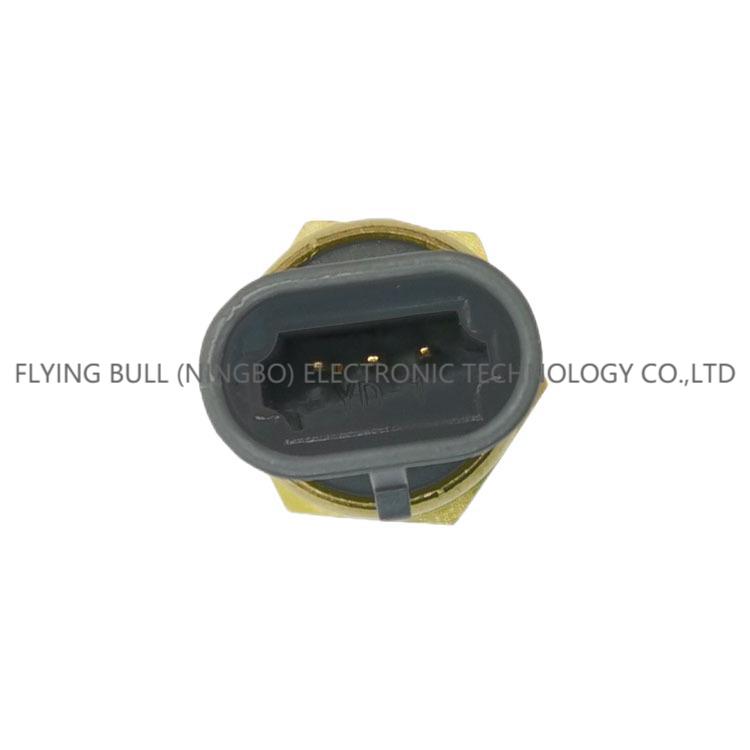

Company details







Company advantage
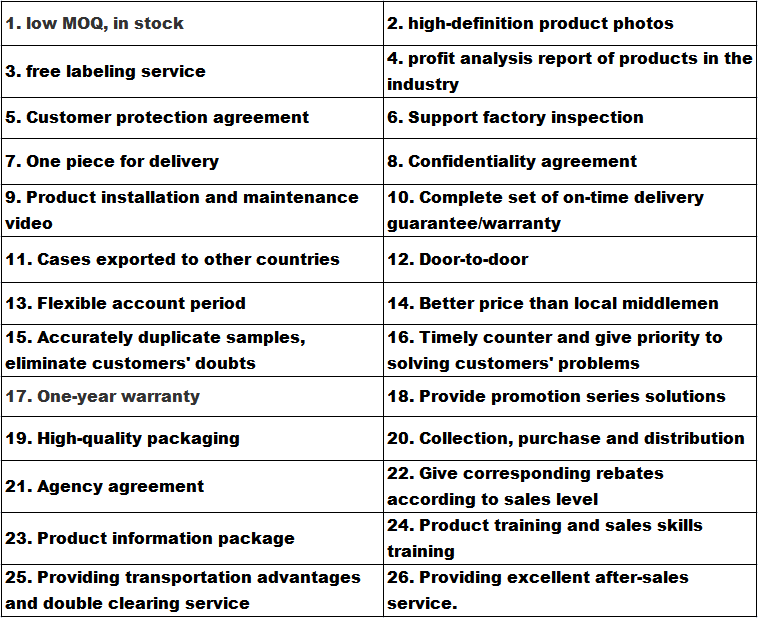
Transportation

FAQ
